Esther only winces slightly when a doctor on Doctors Without Borders/Médecins Sans Frontières’ (MSF) vaccination team injects the Ebola vaccine called rVSV-ZEBOV into her left upper arm in Kimbangu, a community in the southwest of Beni—one of the recurring hotspots of the current Ebola epidemic in North Kivu province of the Democratic Republic of Congo (DRC). Justin*, her two-and-a-half year-old son, bursts into tears when he sees a new syringe being filled, and only calms down a few minutes after receiving his shot. The vaccine feels painful in their arms, but side effects are mostly mild and early results show the vaccine provides effective protection for a promising 95 percent of participants after ten days.
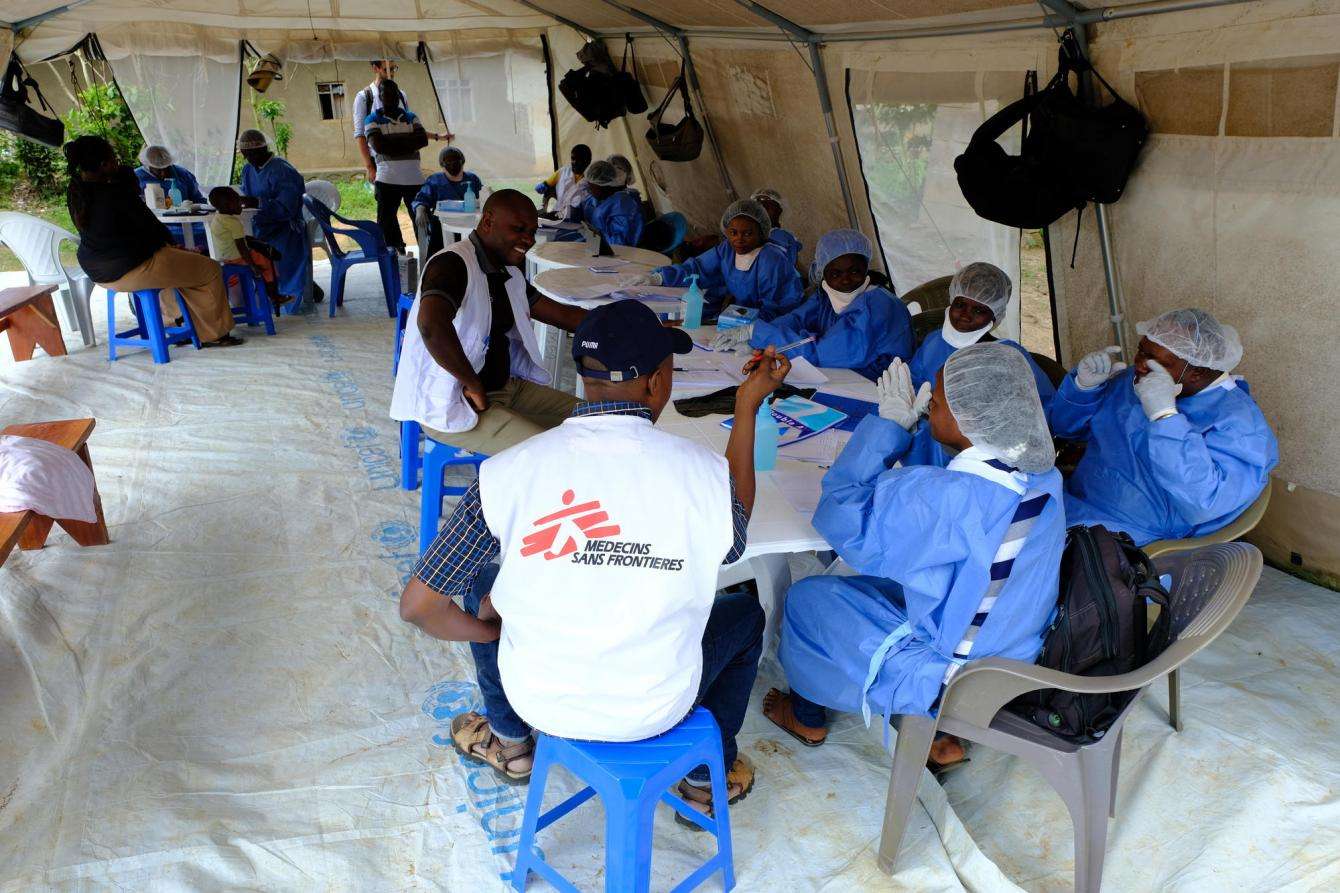
For more than a year, the outbreak response has been in full swing in the city. On site since the early days of the epidemic, the international medical humanitarian organization, MSF, has recently started supporting vaccination activities in Beni as it is a promising tool in the fight against the deadly virus. Yet reaching the right people in a timely manner is a complex endeavor.
Esther and her son came to one of three vaccination sites set up by MSF each day in Beni as part of the latest efforts to contain Ebola. MSF works together with DRC’s Ministry of Health and the World Health Organization to respond to this outbreak. “There was a confirmed Ebola case in my neighborhood, and a surveillance team told me that we should get vaccinated as we are likely contacts,” Esther said.
Setting up the vaccination sites is a well-coordinated routine for MSF’s teams. A series of plastic tables are lined up next to a waiting area, registration and consent forms put into place, and the vaccination team dresses up in protective gowns. Then, an MSF vehicle delivers the first vials of the vaccine in a cooling container that keeps the vaccines cold and effective, and a member of the surveillance team starts identifying eligible participants.
Due to the restricted use and the investigational status of the vaccine, the vaccination strategy in North Kivu is currently limited to a “ring approach,” which means only contacts of people who likely or have been confirmed to have Ebola and their contacts—plus frontline workers like doctors and humanitarian staff who are most likely to interact with people who have Ebola—are eligible to be vaccinated in the current campaign.
While the number of people infected with Ebola has been on the decline in Beni since late August 2019, there are still new people admitted to isolation zones in local health care facilities or the MSF-operated Ebola Treatment Center (ETC) every day. Twice already—in December 2018 and June 2019—the outbreak seemed contained only to soar again with even higher numbers.
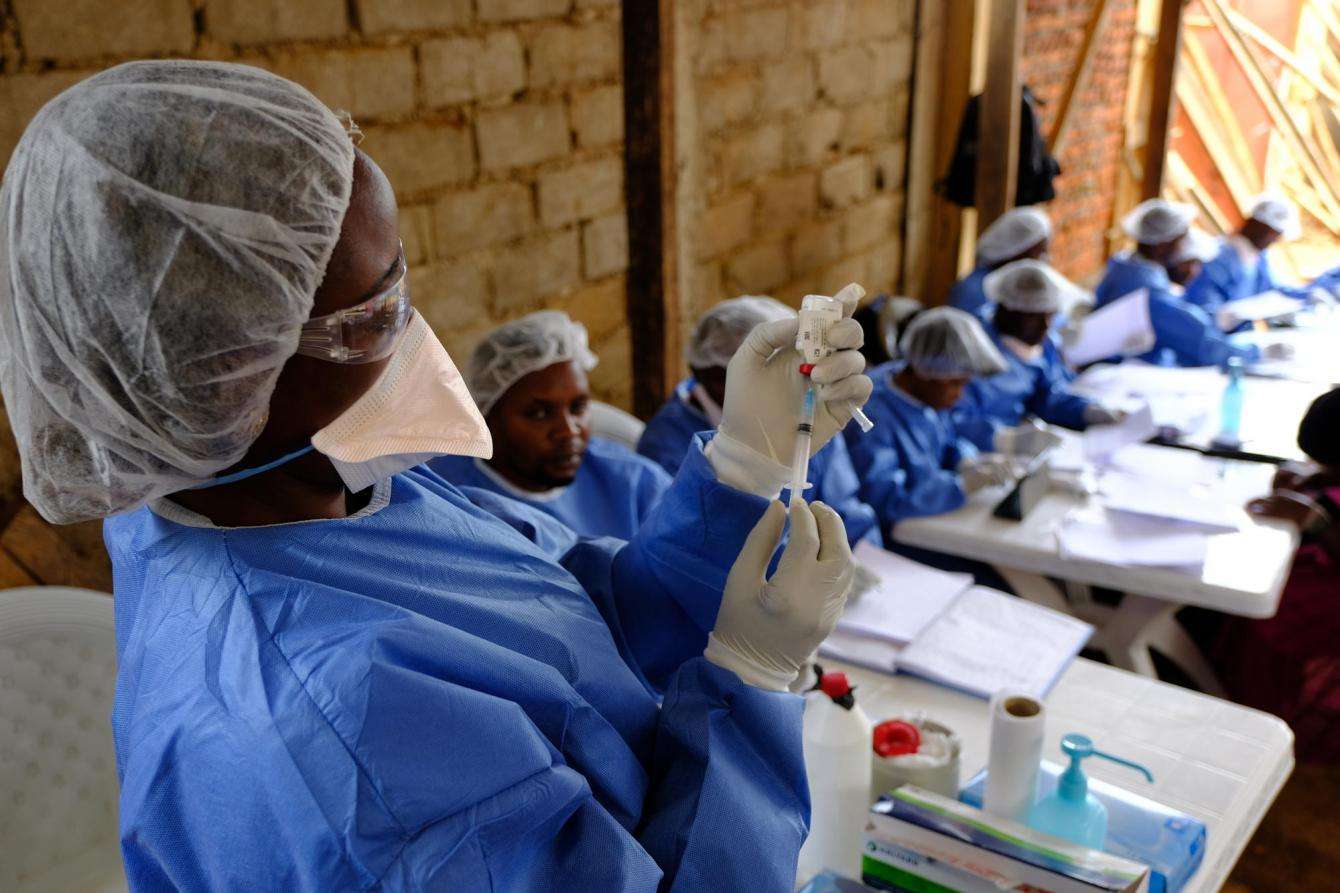
Despite the availability of a vaccine to prevent more people from becoming infected and new treatments for confirmed patients, more than 3,100 people have been infected since the beginning of this tenth and biggest outbreak in DRC, and more than 2,100 died as of mid-September. Symptomatic patients showing fever, diarrhea, or vomiting may have Ebola and should be isolated, tested, and treated as quickly possible. Yet across all of North Kivu, the average time from suspecting someone has Ebola to diagnosing them is five days, during which patients often travel and visit several health centers and could spread the disease to others.
Identifying and vaccinating contacts like Esther and Justin is crucial to protecting people at risk, and poses one of the major challenges of containing the outbreak. The three MSF teams supported 700 vaccinations in the first two weeks of vaccinating in Beni alone, and more than 51,000 people have been vaccinated in the city by the national Ebola response and its partners so far.
Throughout the outbreak, national surveillance teams have only managed to trace a quarter of known and probable Ebola contacts, while a majority remains unidentified or is never followed up with. MSF has called for an international, independent committee to evaluate and broaden the strategy and manage vaccine supplies more transparently.
“We would like to broaden our vaccination strategy and be more flexible in responding faster to health zones with confirmed Ebola cases, but are currently limited to a fix number of daily doses and working in pre-allocated vaccination sites,” said MSF Activity Manager Joseph Musakane.
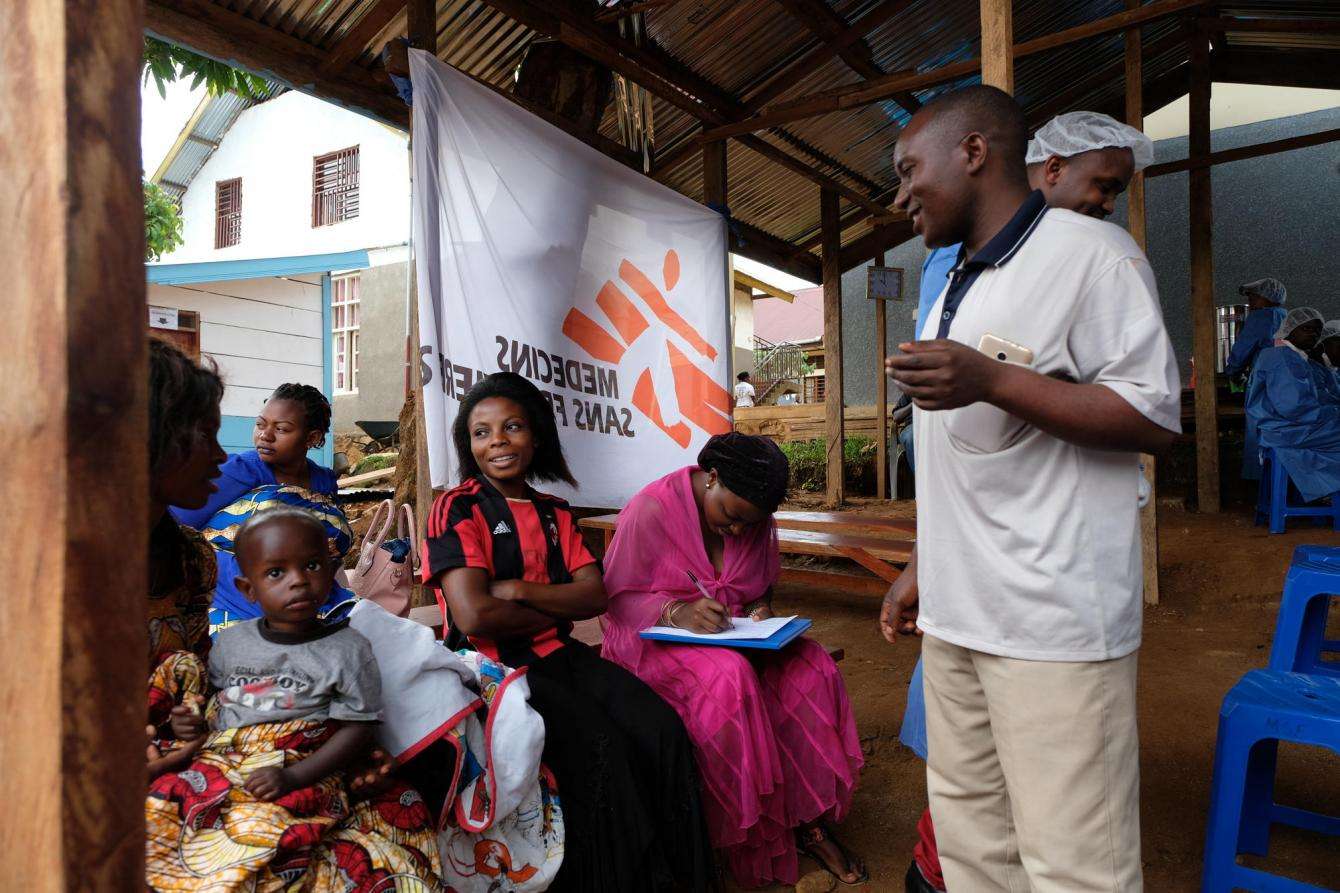
Persisting fears and misconceptions around the vaccine in local communities pose an additional challenge for vaccination teams.
“Many people believe the shot causes impotence, mental illness, or even Ebola itself,” said Joseph MbokaniI Kambale, a sensitizing agent with the national Ebola response. “Others mistake Ebola symptoms for another disease or suspect poisoning, and we often need to convince people to come and get vaccinated.”
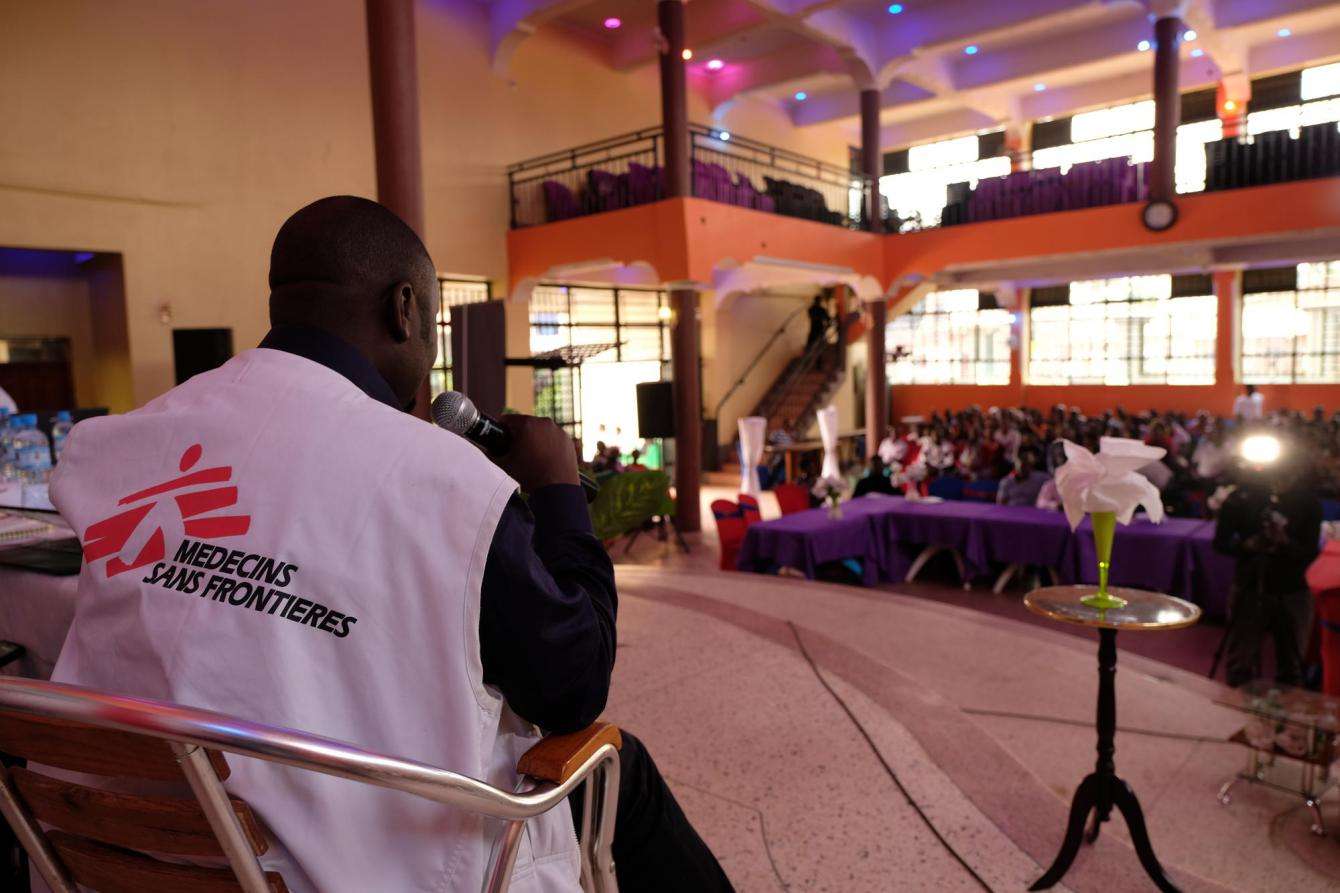
Making treatment more accessible and building trust with the local population proved equally important for patients presenting with Ebola symptoms earlier in the outbreak. At first, MSF was working at a large central transit center for people who may have Ebola, but soon realized isolation capacities were much better positioned closer to communities. “We started integrating small isolation structures into six of the eighteen health centers of Beni’s health zones, where patients and suspect cases felt more comfortable to present at the time,” said Tristan Le Lonquer, emergency coordinator with MSF in Goma.
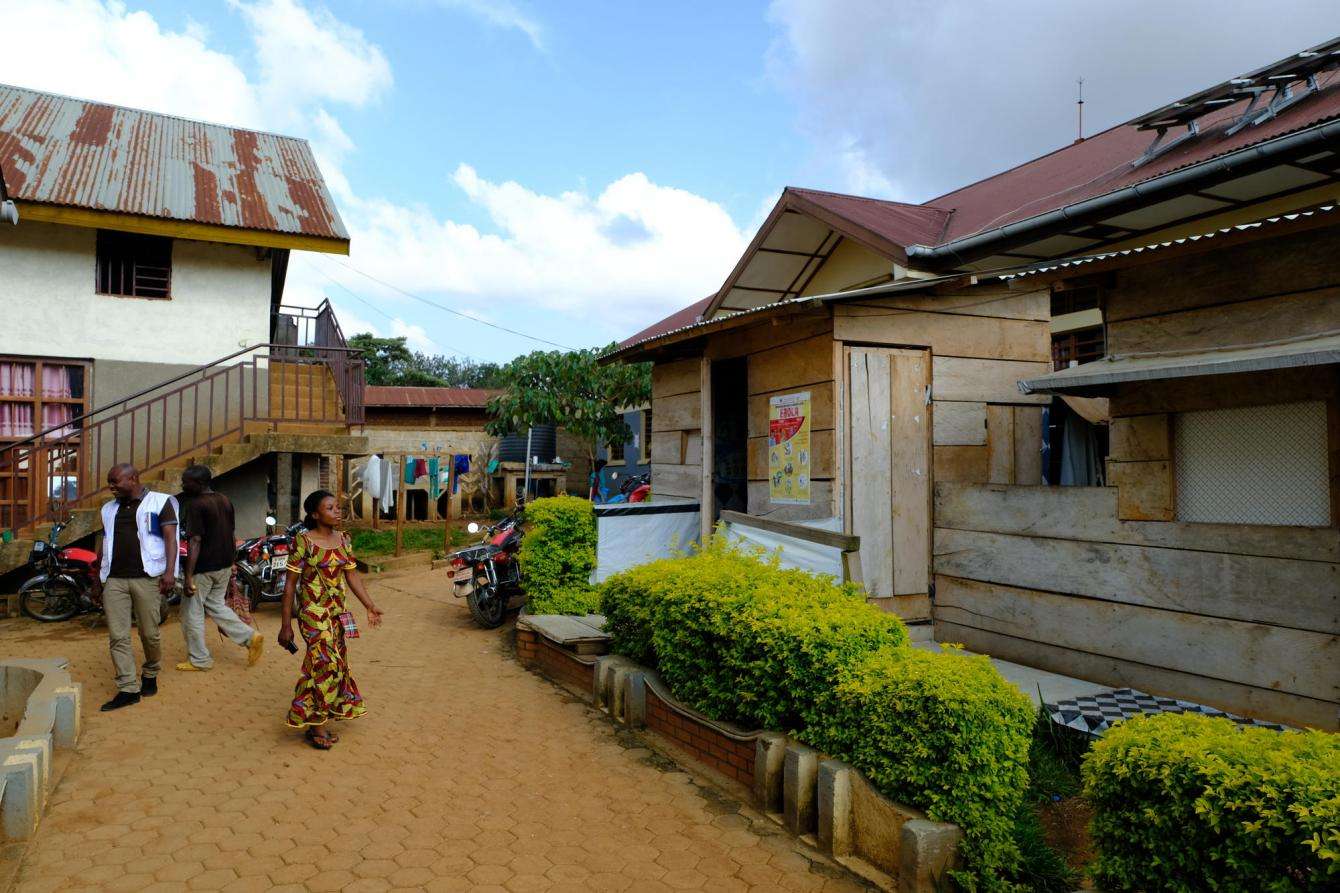
The health centers now also make for possible vaccination sites, offering a secure and sheltered space close to communities. At the same time, MSF strengthens the centers’ existing primary health care services. “We support ambulatory patient consultations, maternities, or laboratory capacities, which are much needed services at risk of being neglected during the complex Ebola response,” added Le Lonquer.
A second experimental vaccine requiring two doses given 56 days apart has just ben greenlighted in DRC as part of an extended clinical trial, and MSF and its research arm Epicenter are part of the global consortium leading the rollout.
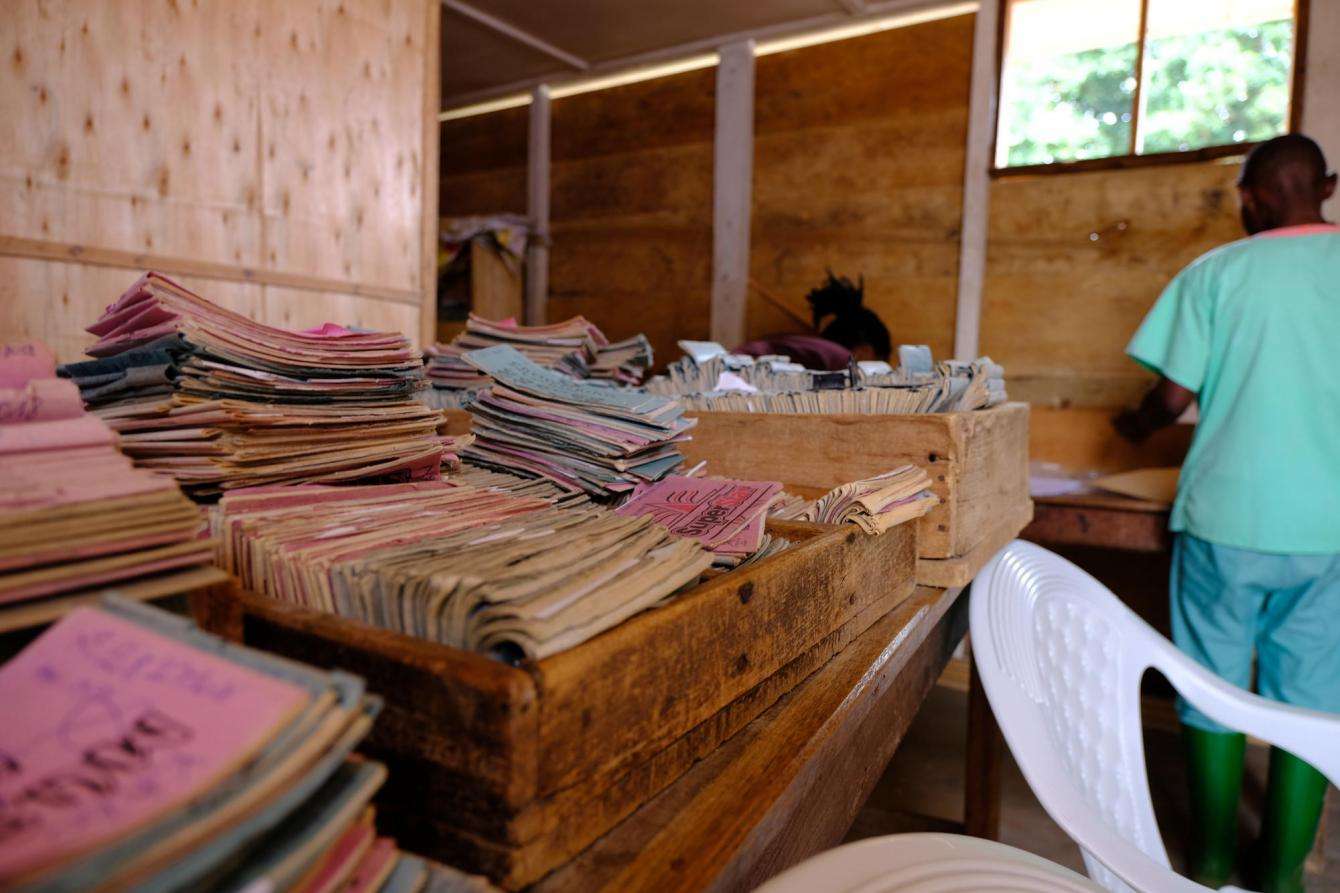
In Beni, ending the deadly Ebola epidemic remains a complex task, and MSF has only recently taken over the large ETC with 13 isolation cubes for emergency care, three large isolation wards for up to 40 patients, and more than 160 staff.
“Breaking the chain of transmission requires us to extend our vaccination approach, provide integrated isolation and treatment options, have a central ETC available, but also sustain other health care needs and build a relation of trust with the local community,” Le Lonquer said. “We need to be present on all fronts to win the complex fight against Ebola.”
*Patient names have been changed to protect their privacy.




